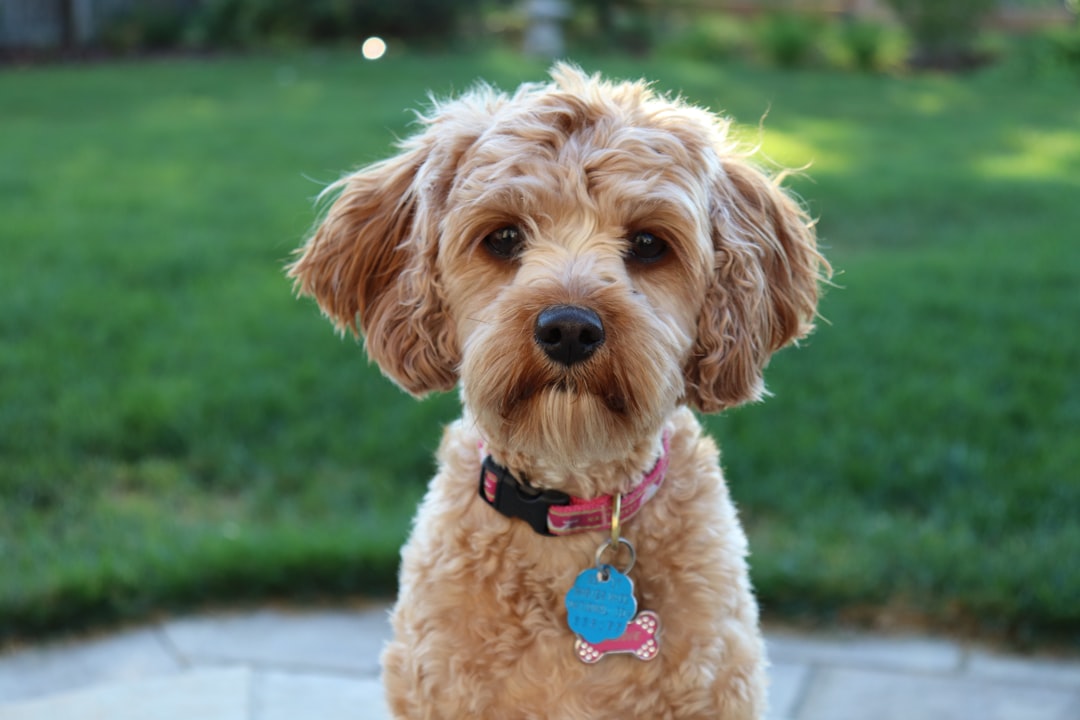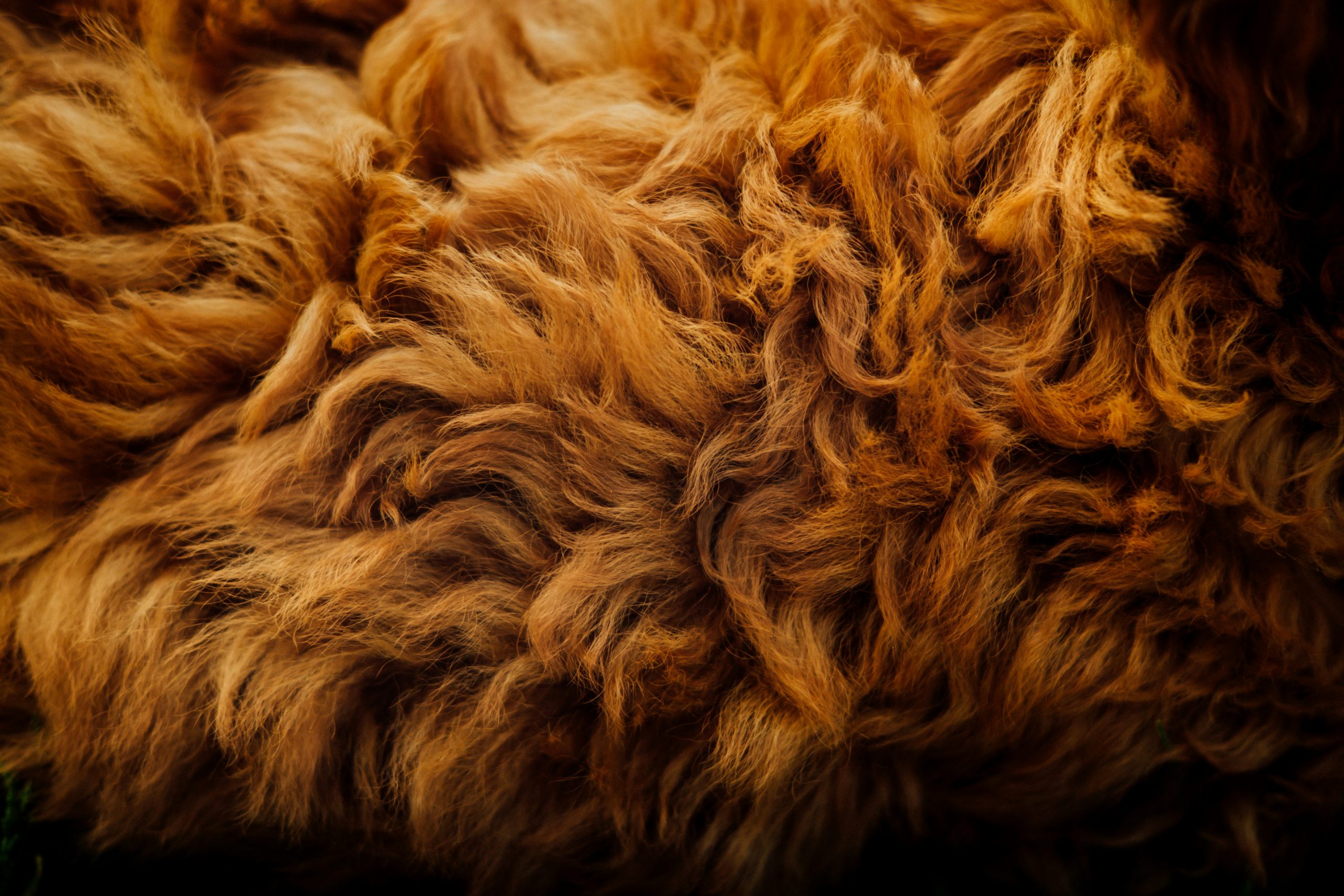Unraveling the Genetics of Dog Coats: From Colors to Textures and Beyond
The article explores the role of genetics in determining dog fur and hair characteristics, including coat color, texture, and length, and discusses the evolutionary insights and implications for canine studies and human health.
Overview of Dog Coat Genetics
Introduction to Dog Coat Genetics
Genetics play a pivotal role in shaping the characteristics of dog fur and hair, influencing factors such as coat color, length, and texture [2]. The diversity of coat types seen in various dog breeds can be attributed to the intricate interplay of different genes and alleles that govern these traits. Breeders rely on understanding the genetic mechanisms behind dog coats to anticipate and manage coat characteristics in breeding programs.
The Genetics Behind Dog Coat Color
Genes like TYRP1, MLPH, and MC1R are instrumental in determining coat color by regulating the production of melanin in dogs. Specific genetic loci, such as B, D, and I, control aspects like pigmentation shades, dilution, and intensity in dog coats. Variations in these coat color genes can lead to a diverse array of color patterns and combinations across dog breeds.
Factors Influencing Dog Coat Texture
Genes like FGF5, RSPO2, and KRT71 dictate coat length, texture, and curliness in dogs. Alleles at loci L, W, and R are crucial in defining characteristics such as coat length, wire texture, and curliness in different dog breeds. The combination of genetic variants in these genes contributes to the wide spectrum of textures and lengths observed in dog coats among various breeds.
Evolutionary Insights into Dog Fur Diversity
Over time, genetic changes in genes like R-spondin-2, FGF5, and keratin have played a significant role in the evolution of diverse coat textures in dogs. The wide range of fur and hair characteristics in dogs can be traced back to selective breeding practices by humans, which have led to the extensive variety of coat qualities seen in modern dog breeds. Research on dog coat genetics offers valuable insights into genetic differences among different canid species and breeds, shedding light on their evolutionary history.
Unique Characteristics of Some Dog Breeds
Distinctive Traits of Specific Dog Breeds
Some dog breeds, like poodles and shih tzus, showcase distinctive traits related to their coat characteristics. For instance, poodles and shih tzus have hair instead of fur, resembling human hair in growth patterns. Some dog breeds, like poodles and shih tzus, have hair instead of fur, which grows like human hair, does not shed, and requires grooming. The genetic predisposition for these breeds to have hair rather than fur highlights the intricate role of genetics in determining not only the physical attributes but also the care needs of different dog breeds.
Moreover, genetic research focusing on dog coat genetics has empowered breeders to anticipate the phenotypic outcomes of breeding programs based on the underlying genetic makeup of specific breeds. By understanding the genetic intricacies governing coat characteristics in breeds like poodles and shih tzus, breeders can make informed decisions to cultivate desirable traits in offspring. This knowledge helps breeders select for particular coat textures, colors, and patterns, contributing to the preservation and enhancement of breed standards. Ultimately, the genetic uniqueness of certain dog breeds underscores the importance of tailored breeding practices and care routines to uphold the distinct qualities that define these breeds.
Implications for Canine Studies and Human Health
Understanding the genetics behind dog coat characteristics not only sheds light on the diversity of dog fur but also has broader implications for canine studies and human health. Canine genetic studies have been instrumental in unraveling the complex interplay of genes that determine coat color, length, and texture in dogs, offering crucial insights into the genetic basis of these traits. For example, genes like TYRP1, MLPH, and MC1R have been identified as key players in regulating melanin production, influencing coat color variations among different breeds. By studying these genetic mechanisms, researchers can not only predict coat characteristics in breeding programs but also gain a deeper understanding of how genes influence phenotypic traits in dogs.
Moreover, the implications of canine genetic studies go beyond the realm of dog breeding and coat genetics. These studies have the potential to uncover biological mechanisms that are relevant to human health, such as cancer. The identification of genetic variants in just three key genes responsible for the majority of coat characteristics in dogs highlights the genetic similarities and differences between canines and humans, offering a unique perspective for studying shared biological pathways. By delving into the genetic diversity within created canid kinds, researchers can draw parallels between genetic variations in dog breeds and potential insights into human diseases, paving the way for translational research that benefits both canine and human health.




